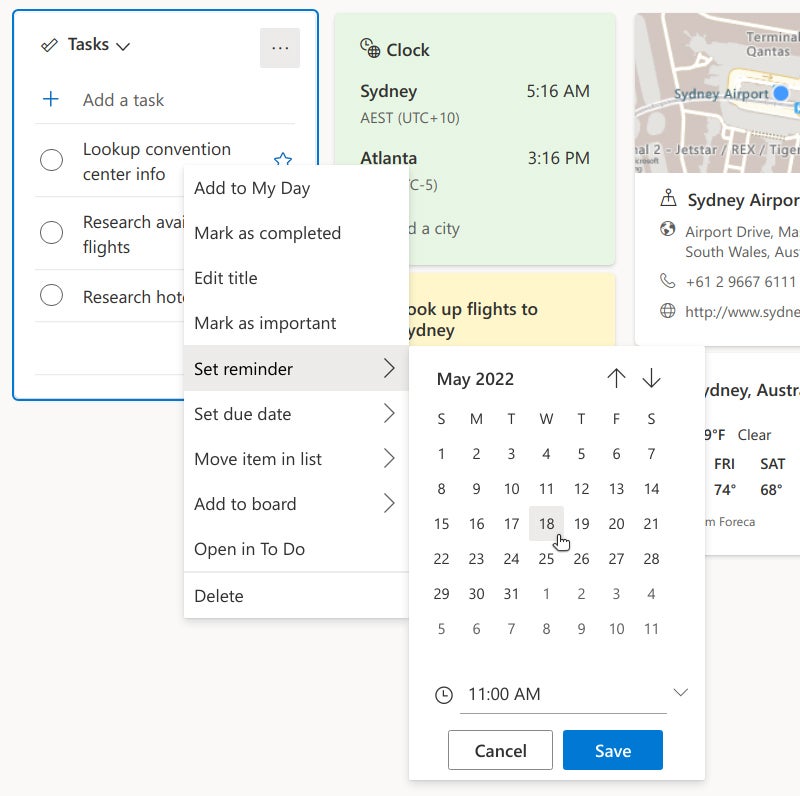
Just like many other “more advanced” features in Outlook, the Conditional Formatting feature may sometimes appear to have a mind of its own and produce unexpected results or no results at all. You may recognize the Condition… dialog and its usage as the same dialog is used to create a Search Folder, a View Filter or to perform an Advanced Search.

Press the Condition… button to specify when this font should apply.Press the Font… button to define your Font settings.To define a Conditional Formatting rule of your own, press the Add button.Īdding a new Conditional Formatting rule. Tab View-> View Settings-> Conditional Formatting… View-> Arrange By-> Custom…-> Automatic Formatting… Open the Conditional Formatting dialog:.Links to more Conditional Formatting examplesĬreating a Conditional Formatting rule can be done in the following way.This guide will help you on your way to get yourself familiar with the Conditional Formatting options with 8 color coding examples which might be useful to you as well.Ĭonditional Formatting usage in the Message List. The “Conditional Formatting” feature may look complex at first but creating color coding rules is actually fairly easy and quite powerful when used the right way. Show overdue emails and tasks in a red font.



 0 kommentar(er)
0 kommentar(er)
